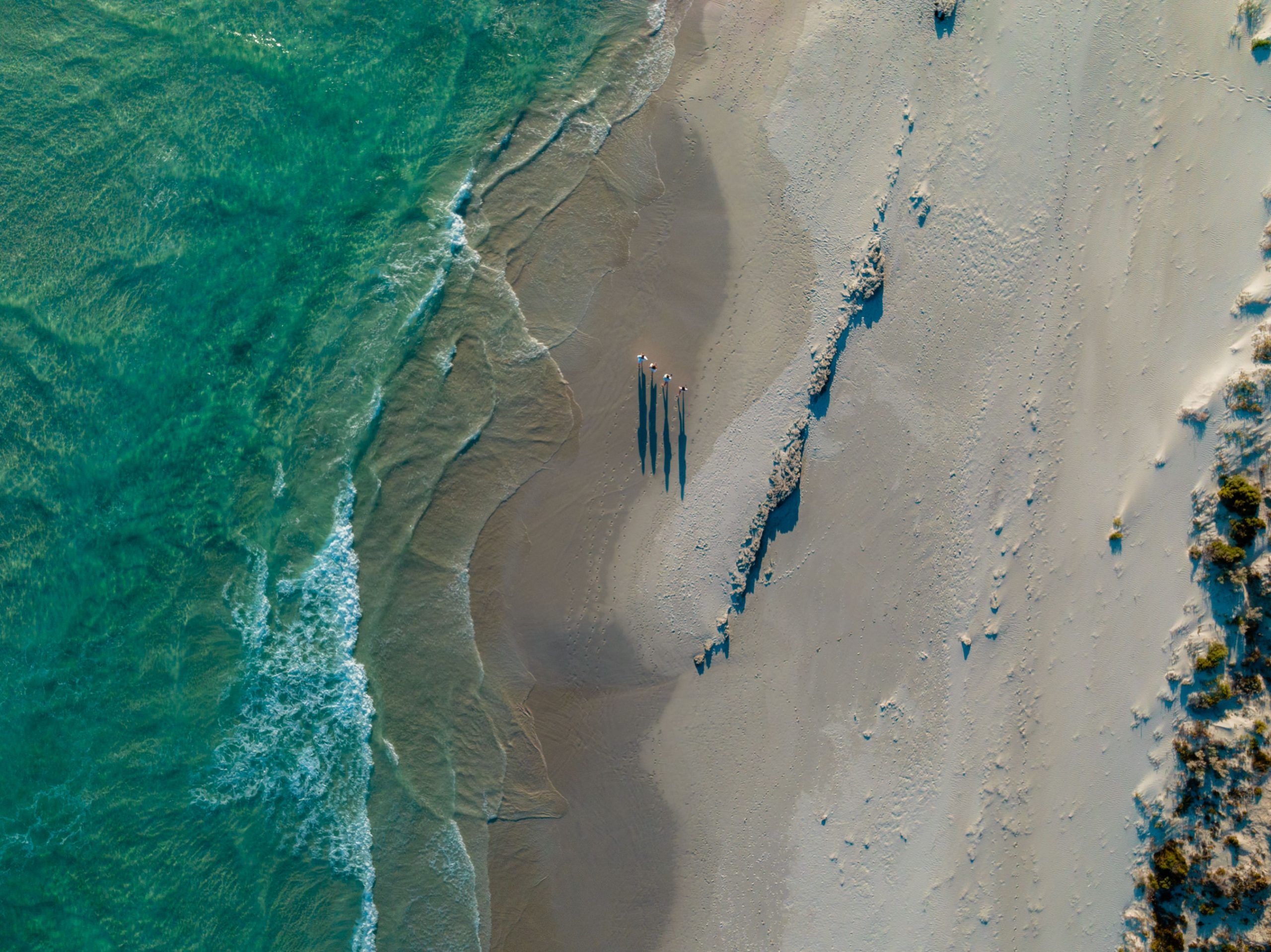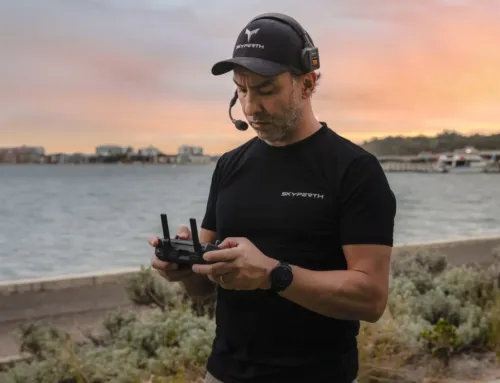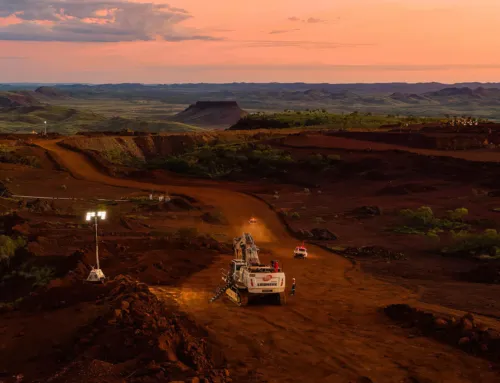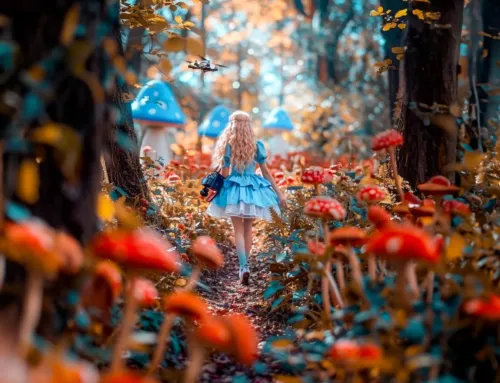
About the author : Rodrigo Branco Matsumoto
Meet Rodrigo, our chief remote pilot here at Sky Perth, where he's been transforming aerial videography into captivating stories for over eight years. At the heart of Rodrigo's work lies a profound passion for both the art of flying and the art of storytelling. This combination has led his work to be featured on platforms like Netflix, Stan, AppleTV+, Disney+, SBS On Demand, and even internationally with ZDF in Germany.
Rodrigo's aerial videography and photography journey is a testament to his dedication to mastering this unique craft. From capturing the vast beauty of Australia's landscapes to the dynamic energy of urban life across the globe, his work offers viewers a fresh, sky-high perspective. It's not just about the technical expertise of handling a drone; for Rodrigo, every flight is an opportunity to tell a story, to reveal the unseen, and to share a new viewpoint with the world.
Renowned for his collaborative spirit and innovative approach, Rodrigo brings more than technical skills to every project at Sky Perth. Whether working on a documentary, a TV series, or a bespoke project, his focus remains on creating visuals that resonate deeply with audiences. His commitment to quality and ability to capture the heart of a story make him a skilled pilot and a storyteller of the skies.
Do you want to know more about Rodrigo? Check his website: rodmatsumoto.com
Music has been an integral part of video production since its inception, and it’s still a powerful tool for enhancing the overall experience for viewers. Whether you want to convey a certain mood or create a soundtrack that resonates with your audience, the right choice of music can take your project from good to great.
From finding the right song to incorporating audio cues into your work, read on to find out what sound choices are best suited for taking your production values up a notch!
How Music Can Set the Tone and Mood of your Video
Music can play an essential role in setting the tone and mood for any video. It can create a sense of tension or suspense and help evoke a particular emotion in your audience. For example, if you are creating a corporate video for an industry leader, you could use upbeat music to make it feel more professional and authoritative.
On the other hand, if you are creating a horror film, you could use tense music to amplify the story’s horror elements.
How Music Can Help You Create a Sense of Place
Music can also give viewers a sense of place and time. Suppose you’re creating a historical documentary about World War II, for example. In that case, you could use wartime-era music to transport viewers back in time and help them experience what life was like during that era.
Additionally, instrumental music can help capture the atmosphere and bring those places alive on screen if you’re shooting footage at exotic locations worldwide.
How Music Can Be Used To Underscore Dialogue
Music can also be used as an accompaniment for dialogue to emphasize key points or ideas within conversations. For example, if two characters are discussing something important or emotional, adding music underneath their conversation can add extra weight or significance to what they’re saying without relying on words alone.
This technique is commonly used by filmmakers when they want their videos to have added impact without having too many distracting visuals onscreen at once.
Music is an essential tool in video production that should not be overlooked when creating compelling stories for your audience. By understanding how to use music effectively – whether setting the tone and mood of your video or underscoring dialogue – you will be able to create videos that truly stand out from the crowd!
So don’t forget – next time you shoot a video project, take some time beforehand to select appropriate pieces of music that will help bring your story alive!
Let’s discuss your next project!



